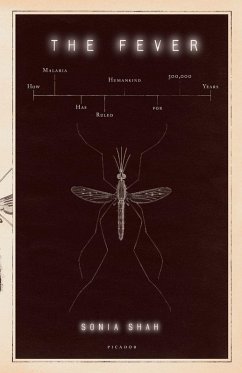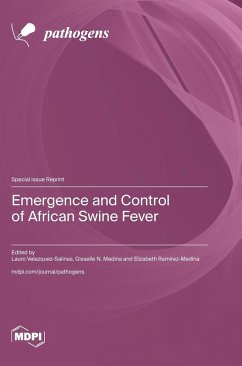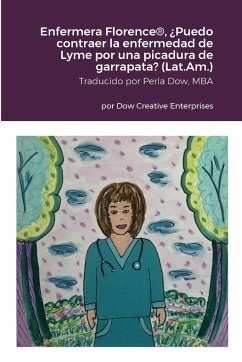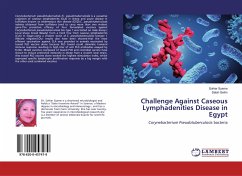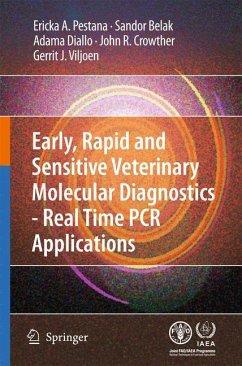
Porins of Lyme Disease and Relapsing Fever Spirochetes
Versandkostenfrei!
Versandfertig in 1-2 Wochen
43,00 €
inkl. MwSt.

PAYBACK Punkte
0 °P sammeln!
The genus Borrelia belongs to the spirochete phylum, an ancient evolutionary branch of the domain bacteria that is only afar related to Gram-negative bacteria. All Borrelia species are obligate parasites and have a biphasic life cycle in common alternating between vertebrate hosts and their arthropod vectors. Borreliae can be subdivided into the agents of the two borrelian-caused human diseases, Lyme disease and relapsing fever. Due to the small 0.91 Mb chromosome, borreliae have a lack of biosynthetic capacity and limited metabolic pathways. Thus, all Borrelia species are highly dependent on ...
The genus Borrelia belongs to the spirochete phylum, an ancient evolutionary branch of the domain bacteria that is only afar related to Gram-negative bacteria. All Borrelia species are obligate parasites and have a biphasic life cycle in common alternating between vertebrate hosts and their arthropod vectors. Borreliae can be subdivided into the agents of the two borrelian-caused human diseases, Lyme disease and relapsing fever. Due to the small 0.91 Mb chromosome, borreliae have a lack of biosynthetic capacity and limited metabolic pathways. Thus, all Borrelia species are highly dependent on nutrients provided by their hosts. The transport of nutrients and other molecules across the outer membrane of Gram-negative bacteria, such as Borrelia species, is enabled by pore-forming proteins, so-called porins. In one chapter of this study, the first identification and characterization of a relapsing fever porin, namely Oms38, is presented. A protein homologous to Oms38 was also identified in Lyme disease agents. Interestingly, this pore, designated as DipA, does not form a general diffusion pore but a channel with a binding-site specific for different dicarboxylates. In another set of experiments, it was shown that the porin P66 is present in both Lyme disease and relapsing fever species. The channel diameter and the constitution of Borrelia burgdorferi P66 were investigated in detail. Taking together, this thesis describes detailed biochemical and biophysical investigations of both Lyme disease and relapsing fever Borrelia porins and represents an important step forward in understanding the outer membrane pathways for nutrient uptake of these strictly host-dependent, pathogenic spirochetes. A profound knowledge of surface-exposed proteins, such as porins, is one precondition for the production of a successful vaccine and the drug design against the two borrelian-caused diseases.



